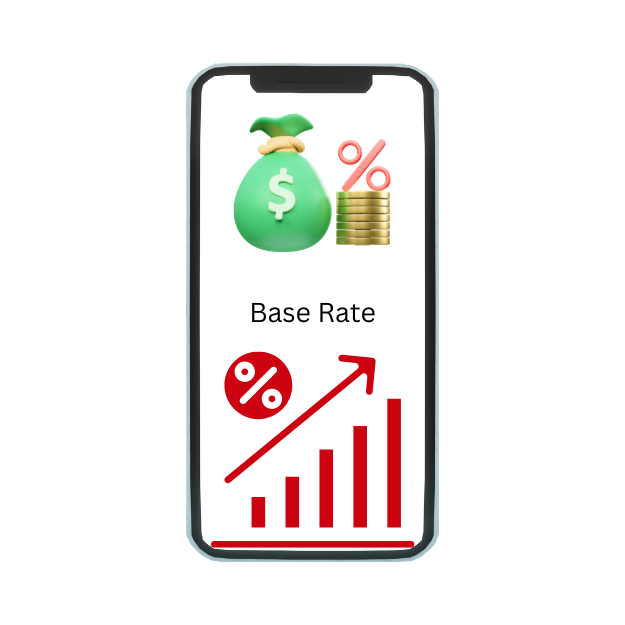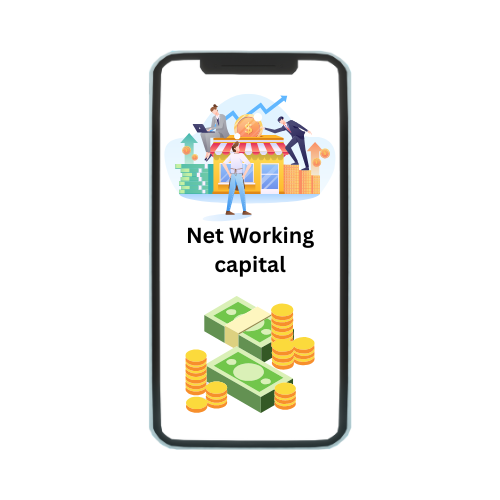CMP meaning
- A stock’s price changes almost constantly during the life of its existence, perhaps even every single second. Even while markets are closed, public views and events have an impact on stock prices, which is represented by the stock opening with an upward or downward break or jump. The current market price is referred to as CMP.
- The life of a stock can be graphed if one were to try to visualize this. The most recent point to be added to this graph, the CMP, represents the stock’s price at that specific moment in time. Consequently, CMP in the stock market signifies the stock’s current market price. Let’s explore further to comprehend CMP’s functioning better and role of and CMP in the share market
What is CMP in share market
- After describing CMP in the stock market? Let’s look at where to look. You’ll regularly see the share’s current market price discussed on financial blogs, financial media networks, and investing platforms.
- Look up the ticker symbol on your preferred financial or trading website to get the share’s current market value so you can determine whether to purchase or sell it.
- You must submit a “market order” to your exchange in order to buy or sell a stock at the current market price.
- CMP is short for current market price in the stock market. The current market price, or CMP, at which a stock may be purchased or sold, is the current price. When a stock trades at a specific price, the price at which the stock sold affects the stock’s new CMP based on the actual trading price, the volume traded, liquidity (the number of buyers and sellers for the stock), and market attitudes.
- As a result of trades taking place for each stock every second, CMP for a stock on the share market is continually changing.
What is CMP
- The current market price is what “cmp” means in the context of stock trading. This is also known as the stock’s current market value. It speaks of the price at which equities are currently trading on the Exchange (NSE, BSE, etc).
- You might not be able to buy as many shares as you wish at the present market price due to the volatility of stock prices. But the majority of stock market professionals will recommend buying or selling based on the current market price.
- LTP, or the most recent traded price, should not be confused with CMP in the stock market. LTP is the cost at which a stock’s most recent deal was made. Even while a stock’s LTP influences the CMP, when there is a large volume of trading, the LTP is the actual price at which the previous trade was executed. The price at which a stock is currently accessible for trade, which is typically close to its LTP. The current market price, or CMP, at which a stock may be purchased or sold.
- What happens to the CMP that was just prior to the present one, one would wonder? We will need an addition to the CMP in the stock market analysis, the LTP, in order to comprehend this. The price at which a stock was most recently bought and sold is known as the LTP, or Last Traded Price. Similar to the CMP meaning in the stock market, the LTP is dynamic and changes with each transaction. For a brief period, the price you paid to buy a stock, for instance, would have been the stock’s LTP. However, because of the huge volume of trades, the LTP of a stock fluctuates with each nanosecond that passes.
CMP stands for : CMP stands for Current Market Price
Understanding Current Market Price
- The CMP in stock market of share is essential to investors or traders, as it can tell them what the price of a share is at that particular moment. As the price of stocks are continually changing, traders may not be able to purchase as many shares as they want at the current market price.
- But most of the time, stock market analysts advise on whether to buy or sell at the current market price. So it would be best to consider CMP before buying or selling stock. The current market price is important for a trader or an investor as it tells the price of a stock at any particular moment. The consumer and economic surpluses are calculated with the use of market price.
- Current price is also the current market value of security like stock, bond or commodities like precious metals. It is the Last transaction price at which the security was purchased or sold. Current price is the price which the buyer is willing to buy, or the seller is willing to accept.
- Current market price is the only indicator of the next probable trading price of a security. It doesn’t guarantee that the next price will be the same. The next trading price can be higher or lower than the current trading price.
Example of current market price
- Suppose for the stock XYZ, the bid and ask prices are Rs 100 and Rs 120. A trade will take place only when a buyer interacts with a seller via dealers and brokers. In this scenario, the share would trade only if the buyer increases the bid or the seller decreases the ask price. This signifies how demand and supply should intersect for the market price to be effective and for the trade to occur.
Types of Current Market Price
1. Current Price in Over the Counter Costs
It is the price of a security sold over the counter, rather than on an exchange. One can determine it on the basis of the current bid price and the current ask price. In an OTC market demand and supply fluctuates the prices
2. Current price on bond market
To determine the current price of a bond one can compare the current interest rates to the interest rate of the bid. Subsequently, the face value or par value of the bond is adjusted based on the remaining interest payments that are due until the bond’s maturity. Also, as the bond reaches maturity, the gap between the current value and the face value reduces and becomes equal on maturity.
3. Current price in the retail sale
The current price of an item in a retail store is the value at which one can purchase it at that moment. Also, when the item is on sale, the price will be lower than the retail price.
What is current price in mutual funds?
- Mutual fund trade at their NAV’s or net asset value. NAV is the market value of per unit of a mutual fund. But one cannot determine the NAV by the market demand and supply forces. The calculation of NAV involves subtracting all liabilities and expenses from total assets and then dividing it by the number of mutual fund units.
- A lower NAV of a mutual fund doesn’t mean the mutual fund is available at a lower price. NAV only represents how the underlying assets have performed in the previous months or years. A low NAV of a mutual fund doesn’t mean the mutual fund is available at a lower price. NAV only represents how the underlying assets have performed in the previous months or year.
- Investors shouldn’t consider NAV as a standalone indicator to invest in mutual funds. The returns from mutual funds are one of the main parameters one should consider before investing in a fund. Apart from returns investors should also look at the portfolio, fund manager, their finances, goals and understanding of risk before investing.
Conclusion
- CMP in the stock market means the current price of the stock. It signifies the stock price at the current moment. It is the perfect way to understand the stock’s performance.




